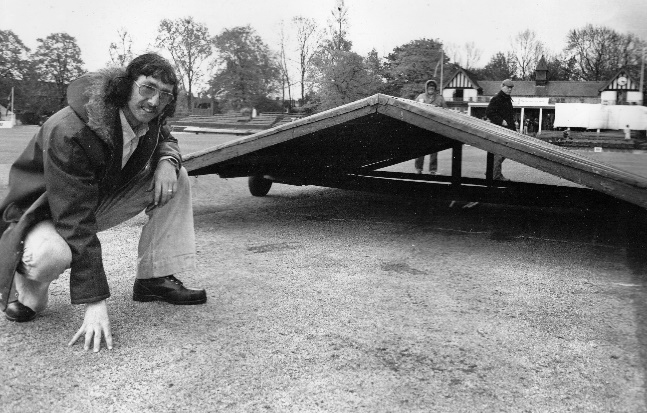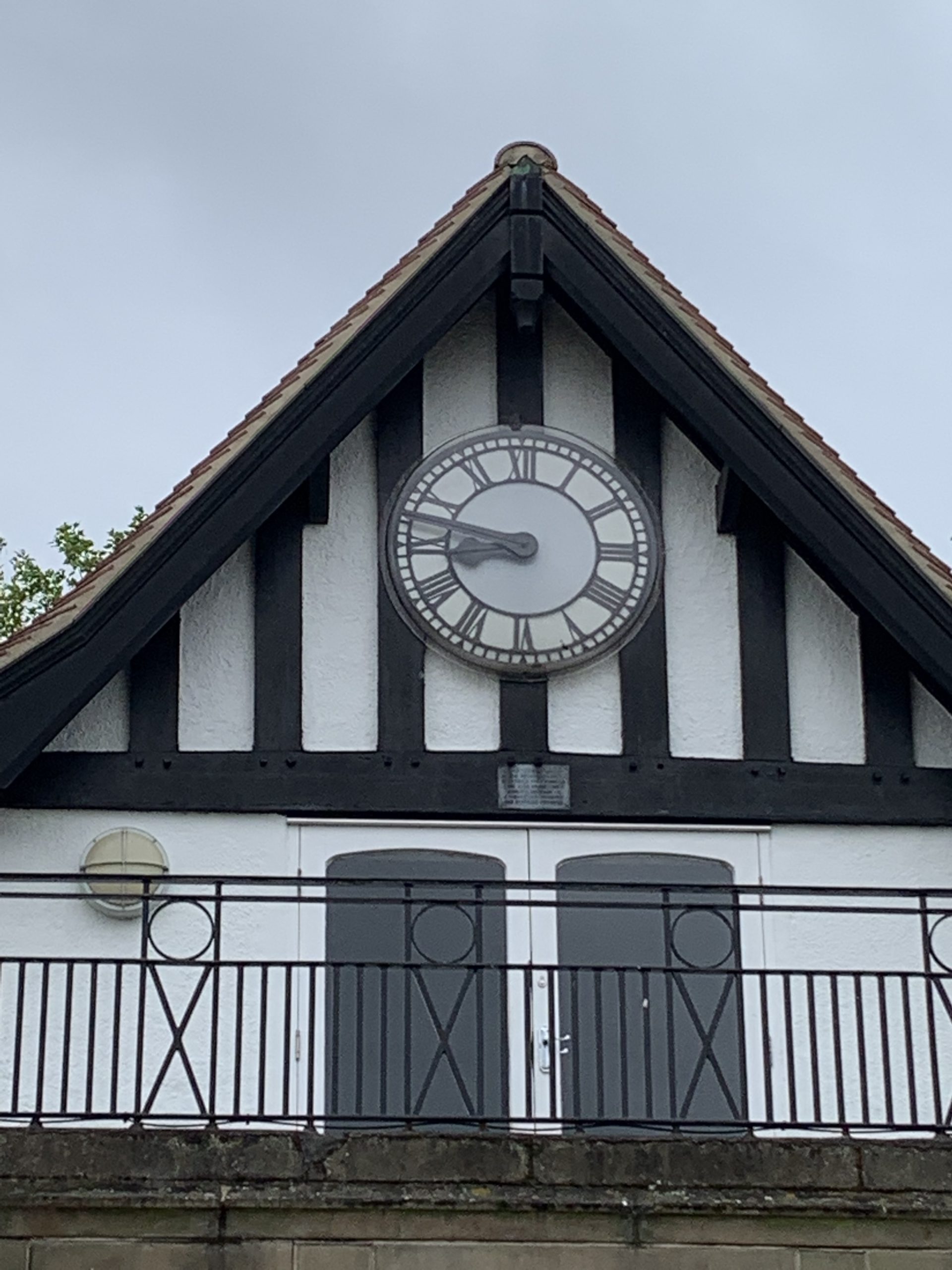Memories of a Groundsman

Norman Graham and his father, Harold, were both grounds men at Queen’s Park in the 1950’s, 60’s, 70’s and 80’s. here Norman shares some of his memories of that time.
My association with Queen’s Park goes back to the early 1950’s and before I was born. My mother, Nora, worked in the greenhouses and my father, Harold, was the cricket Groundsman, they married, and I came along in 1952. It only dawned on me recently that my first day at work for the then Parks Department was in the greenhouses and my last was as cricket groundsman.
One of my earliest memories was when Harold Rhodes was called for throwing by Syd Buller in the 1965 game against the touring South Africans. Derbyshire comfortably beat a South Africa side as the tourists were bowled out for 149 on the first day with Harold Rhodes, the country’s leading wicket taker at the time, taking 4 wickets. Colin Bland would demonstrate his fielding practice before each day’s play by throwing at a single stump.
I used to go through the park on my way to William Rhodes school and remember when the square was replaced in the 1960’s. The soil was superior to most products on the market and helped the ground to win so many awards. In 1979 I was sieving soil that came from the riverbank at the bottom of Calow Lane for top dressing the square. With the knowledge gained doing this job, and the right materials, my father and I both won the accolade of ‘Groundsman of The Year’ award during the 1970’s.
The groundman’s role was virtually part time in my day. I was a lone worker on the cricket playing area away from Derbyshire matches where a ground staff of 4 attended during the game for covering and marking purposes between innings. I’d spend the winter pruning street trees or a spell in Spital Cemetery. It was 9 months in the Queen’s Park and 3 joining gangs on the Park’s Department in the off season. In the picture it shows ever present helper Bill Reddish and Roy Goodyear who’s brother, Walter, was the Derby groundsman and previously in Queen’s Park.
As you may be aware 22 yards is a chain in measurement terms. I used a 22-yard chain which was marked for the batting crease as seen in the photo. I never ‘squared’ the playing area as they do now, so a wicket was chosen by adjustment for the best surface.
On the morning of a game with Lancashire, Clive Lloyd popped into the home dressing room during my tea break and asked if he could get a cup of tea. Unfortunately, I only had my flask, and the kitchen staff hadn’t started then and so was out of my control.
Towels were provided for the county games via the Slipper Baths, and I would collect and distribute them in the changing rooms. It was one per player per game . On the weekend there would be a 3-day game that started on the Saturday and the next day a John Player match could be against a different team. This caused havoc amongst the players as they expected a clean towel every day.

The picture of me on the wicket in 1979 has the daytime covers when uncovered wickets were in their last days. Only 4 feet in front of the batting crease could be covered until overnight covering could be brought on at the end of the day’s play. The 1959 photo shows the wicket covers were not wheeled so we’re connected to a raised thread to create a down-flow gradient
I recall that Derbyshire investigated moving their headquarters to Queen’s Park. At the time there was approximately 21 days played their every season, but because Queen’s Park was a public facility and the building of new buildings would spoil what the park was there for this never happened.
On my last visit to Queen’s Park in the early 2000’s I was spotted by Jim Brailsford, and he invited me onto the balcony where, watching the game, was Les Jackson, who I saw bowl in his latter days. It was good to be introduced to him. After a day’s play you could see his ball marks on the pitch, the size of a dinner plate. He was known for his accuracy, a fantastic bowler who was unlucky to only play for England twice.
Fascinating and informative memories from Norman Graham, whom we hope to welcome at the Queen’s Park sometime in the future.


